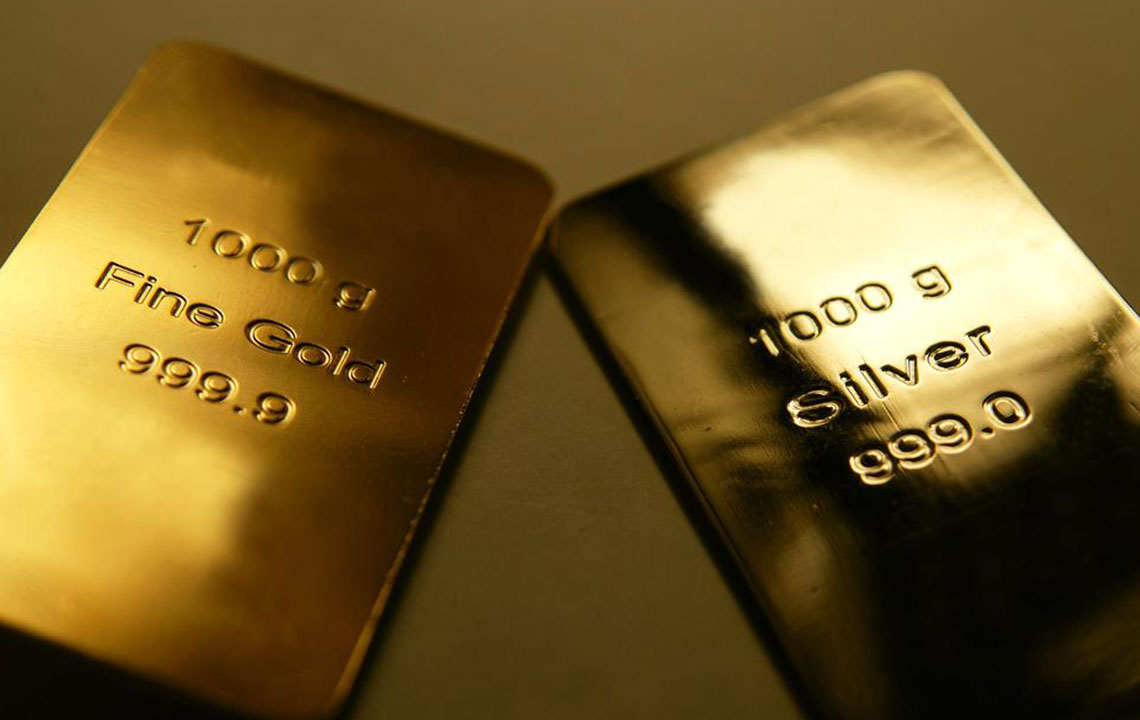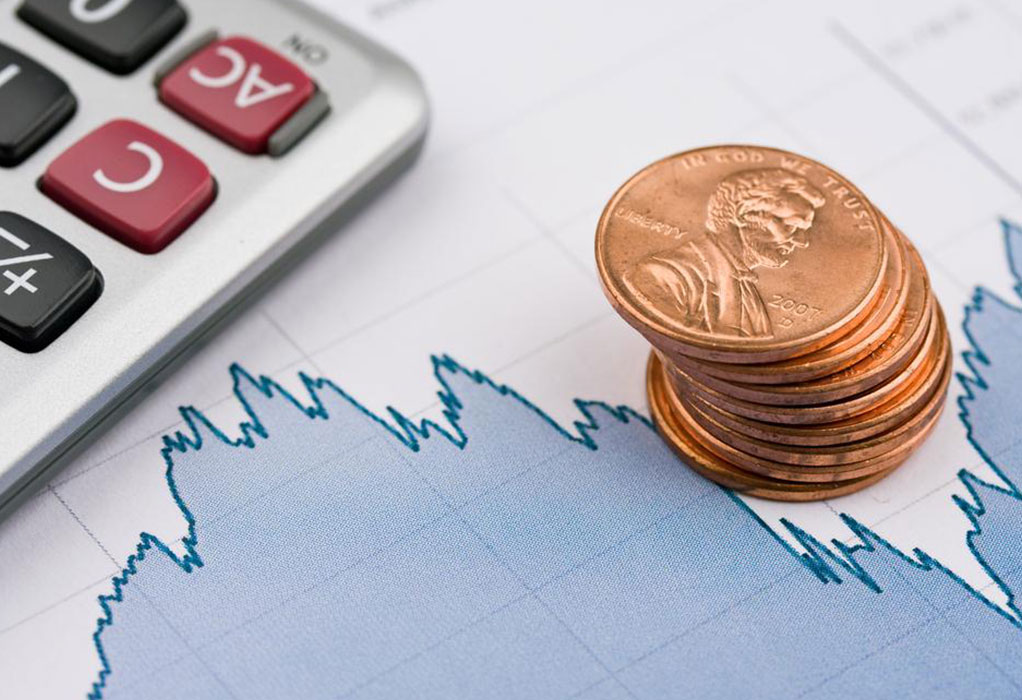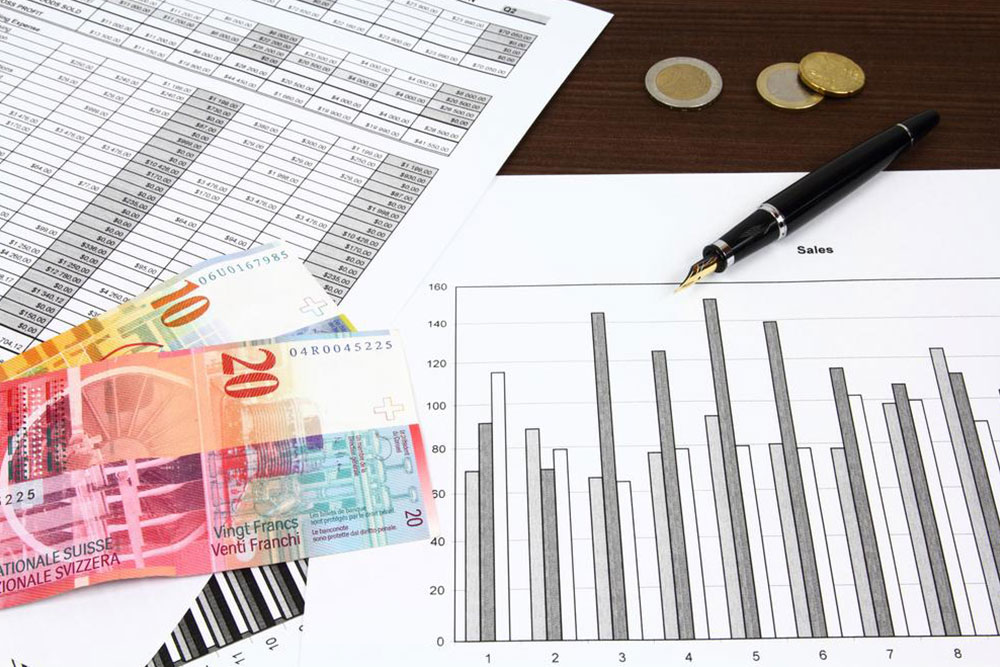Historic Highs in Gold Price Achievements and Market Trends
This comprehensive article explores the historic peaks of gold prices, analyzing key market moments like the 2011 record and the 2016 surge amid oil price drops. It discusses the broader economic factors driving these trends, including U.S. and European debt crises, inflation, and seasonal influences like Chinese New Year. By understanding these pivotal moments, investors can better grasp gold’s role as a safe haven during financial turbulence. The article also highlights future market considerations and investment strategies tied to precious metal fluctuations.

Historic Highs in Gold Price Achievements and Market Trends
In August 2011, the global financial landscape witnessed an extraordinary milestone when gold prices soared to an unprecedented high of $1,917.90 per ounce, setting a record for daily trading all-time highs. Starting that year at approximately $1,400 per ounce, the rapid surge astonished investors and analysts alike, especially given the swift escalation during after-hours electronic trading sessions. This extraordinary rise underscored widespread economic anxieties, with investors turning to gold as a secure refuge amid escalating inflation fears and financial instability. Over the span of a decade, the price of gold appreciated roughly 21% annually, contrasted with a modest inflation rate of approximately 2.4%, reaffirming gold’s reputation as a reliable hedge during turbulent economic periods.
Coinciding with gold’s impressive rally, silver prices displayed similar volatility, reflecting a broader surge in precious metals and commodity markets. Experts attribute gold’s meteoric rise in 2011 largely to mounting debt crises in the United States and Europe, which heightened concerns over fiscal stability and sovereign defaults. Another notable gold price peak occurred in February 2016 when prices surged significantly amidst a collapse in oil prices, a trend often influenced by global economic dynamics and geopolitical events. Additionally, seasonal factors, such as increased demand during Chinese New Year celebrations, have historically impacted gold prices, contributing to fluctuations in its value over the years.
The trend of gold reaching historic peaks not only highlights investor sentiment during periods of economic uncertainty but also emphasizes gold’s critical role as a safe-haven asset. As financial markets faced volatility, currency fluctuations, and geopolitical tensions, gold consistently proved its resilience. Looking ahead, market analysts continue to monitor geopolitical developments, monetary policy changes, and inflationary pressures, all of which could influence future gold valuation trends.
Investors keen on understanding precious metals markets should consider these historical peaks as indicative of broader economic patterns. Whether as a long-term investment or a short-term hedge, gold remains a vital component of diversified portfolios. Meanwhile, the interplay between gold and other precious metals like silver offers additional opportunities for strategic investment in times of market volatility.





